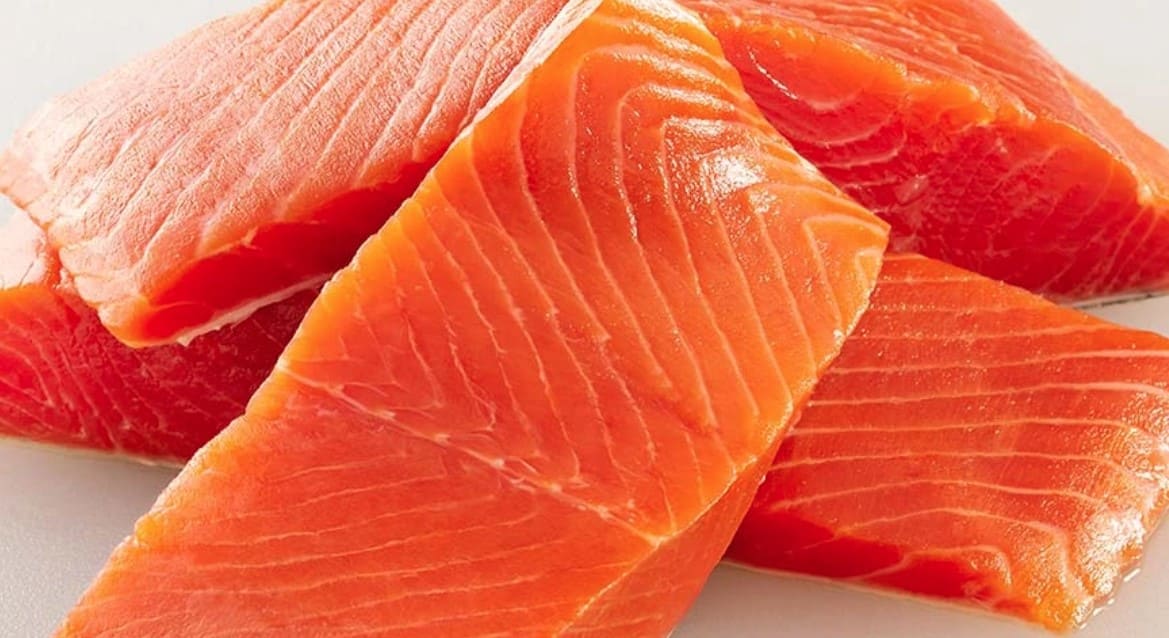A large number of Norwegian farmed salmon have died in agony. The salmon industry could also be partly to blame. An end to the death is not yet in sight.
A horrible fate has befallen eight million salmon on Norwegian fish farms. This is due to microalgae that are currently spreading along the coast of northern Norway. The algae stick to the gills of the fish, causing a horrific death by asphyxiation. Since farmed salmon are caged in fish farms, unlike wild salmon, they cannot swim away.
Algal blooms lead to mass die-offs in farmed salmon
In itself, the flowering algae Chryschomulina laedbaeteri are harmless and an important part of the food chain. However, the recent warm weather has caused the seaweed to flourish on the north coast of Norway. “Although the algal bloom is a natural event, it is seldom as concentrated and deadly as it is this year,” Aleksander Balteskard, a spokesman for Northern Lights Salmon and Sorrollnesfisk told The New York Times. Seaweed populations can explode when the water warms up or the current weakens. Climate change is also contributing to the current mass extinction in Norway.
The regions of Troms and Nordland are affected by the deadly algal bloom. “It’s too early to say how big the losses will be for producers. Preliminary figures suggest eight million dead fish, equivalent to 40,000 tonnes of salmon not reaching markets,” said Seafood Council analyst Paul Aandahl. The smothered fish may not be brought to the market and can only be processed into animal feed. According to the Norwegian State Fisheries Directorate, there is still no end in sight to the salmon die-off.
Are fish farms to blame for extreme algae blooms?
Salmon farming contributes to the over-fertilization of the seas and thus promotes the growth of algae, experts agree. Opinions differ on how big the contribution to the problem is.
The Norwegian Institute for Marine Research refers to research showing that aquaculture is not the cause of the algal bloom. However, Vivian Husa, who has studied emissions from aquaculture, says: “We cannot rule out that inorganic nutrients from fish farms help prolong flowering after start-up.”
Salmon farming is still extremely controversial, and factory farming has many disadvantages: the animals are stressed and bite each other. Our salmon test showed that farmed salmon are often contaminated with the preservative ethoxyquin, which is suspected of being carcinogenic.
In the recent past, salmon lice have also posed a threat to farmed salmon stocks. The seaweed flood is another major blow to the salmon industry in Norway – as the country is the world’s largest salmon exporter.



